How To Contact HMRC About Tax Code
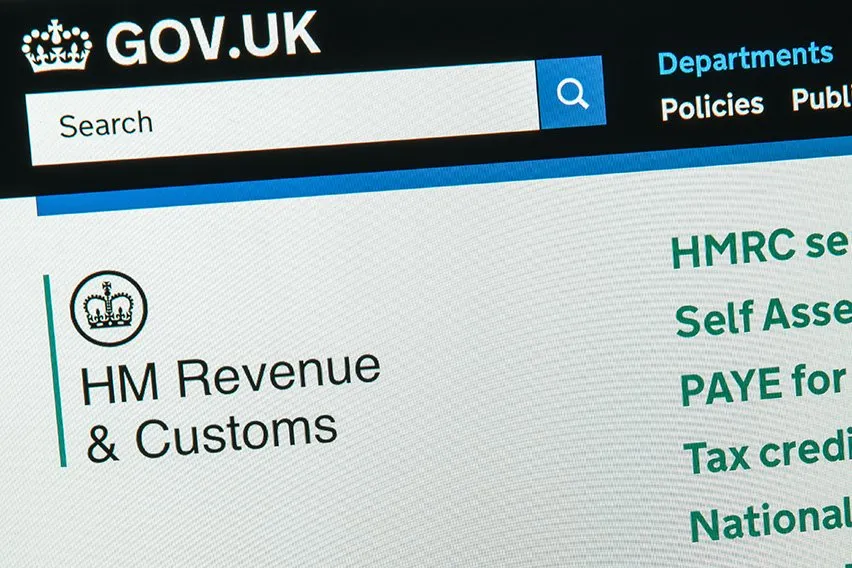
Anyone who’s employed or has a private pension needs to check their tax code regularly. And if you spot something wrong with it, it’s best to get in touch with His Majesty’s Revenue and Customs (HMRC) as quickly as possible.
But how do you do that efficiently?
HMRC is fully committed to taking as much of its service online as possible, including some issues to do with tax codes. You can tell HMRC about changes in your circumstances and check your income tax online through your personal tax account. But if you don’t understand something, or think you have the wrong tax code, you will need to contact HMRC directly.
The best advice is to consider how to contact HMRC based on your particular question and gather all the information you need before you take the first step. This saves your precious time by making sure that HMRC has all the facts it needs to help you as quickly as possible.
You don’t want a wrong tax code keeping you away from your clients for any longer than is absolutely necessary.
Here’s What We’ll Cover:
How Do I Know If My Tax Code Is Correct?
Your tax code is issued by HMRC and tells your employer how much tax to deduct from your pay before you receive it. It is also used by private pension providers to make sure they are applying the correct rate of tax to your pension savings.
It is very important to remember that you are responsible for making sure you have the correct tax code. HMRC sends them out and administers the collection of income tax, but each individual taxpayer has to check their own.
The bottom line is, if your tax code is wrong then you’re not paying the right amount of tax. That’s why it’s so important. Worst case scenario is that you’re not paying enough and owe HMRC. Best case scenario is that you’ve been paying too much and can apply for a rebate from HMRC. But you need to make such claims within a certain number of tax years—after that deadline your tax rebate is lost forever.

Checking Your Tax Code
All the letters and numbers mean something. And they’re not that difficult to decode.
The number refers to the personal allowance amount that applies to that tax year. For the 2021-22 tax year, most basic rate HMRC taxpayers will have 1250 as their tax code number. This represents the £12,570 of tax-free income you can earn in this tax year.
The letters in HMRC tax codes relate to your particular circumstances. For example, an L at the end of your tax code means that you are entitled to your full personal allowance amount. 1250L is the correct tax code for anyone who has one private pension, or one job, in the current tax year.
Here’s your decryption key for the other HMRC tax code letter combinations:
- BR: You are taxed at the basic rate on all your earnings from this job or pension (usually used if you have more than one of either)
- C: You are using the Welsh income tax rates
- C0T: You’ve either used all of your personal allowance, or your new employer doesn’t know what tax code to put you on
- CBR: Welsh basic rate is being applied to this income (usually used if you have more than one job or pension)
- CD0: Your job or pension income is being taxed at the Welsh higher rate (again, usually only used if you have more than one of either)
- CD1: You have more than one job or pension, and the one this code is applied to means you’re being taxed at the Welsh additional rate
- D0: Income is taxed at the higher rate, more than one job or pension
- D1: Everything you earn from this income is taxed at the additional rate
- K: This income isn’t being taxed in another way, and it’s over your personal allowance amount (usually applies to taxable State Benefits or to those people who are paying off previously owed tax)
- L: You can claim the full, tax-free personal allowance amount for that tax year
- M: You have received 10% of your partner’s personal allowance through the marriage allowance regulations
- N: You have given 10% of your personal allowance amount to your partner through the marriage allowance
- NT: You’re not paying any tax on this income
- S: you are liable to pay the Scottish rates of income tax (tax codes s)
- SBR: All this job or pension income is taxed at the Scottish basic rate (if you have more than one)
- SD0: More than one job or pension, the whole income from this one is taxed at the Scottish intermediate rate
- SD1: Scottish higher rate applied to this income if you have more than one job or pension
- SD2: Scottish top rate is payable on this whole income, usually only if you have more than one pension or job
- T: There are other calculations involved in working out your personal allowance
- 0T: All your tax-free personal allowance is used up, or your new employer doesn’t yet know what tax code to give you
- W1, M1, X: Emergency tax code
Firstly, find your HMRC tax code on your payslips (P45, P60), or on correspondence from HMRC. Then see if the code you have makes sense in your circumstances.
Things can be further complicated if you’re part self-employed and employed, but at least you’ve got FreshBooks to take the pain out of the self-assessment side of your accounts.
But Why Do HMRC Tax Codes Change?
There are a few different reasons why tax codes change. Usually, the HMRC changes the personal allowance amount at the start of the new tax year in April. So already the number segment of your code will be different.
HMRC also changes your tax code when you have a change in circumstances that they know about. For example, you earn additional income, you get new benefits from your employer, you claim tax relief expenses and allowances, you get the marriage allowance or you get taxable state benefits.
If your tax code changes, HMRC will contact you, your employer, and your pension provider. Then your next payslip should have your new tax code and any necessary pay adjustments that account for your tax under or overpayments. This is called a pay as you earn (PAYE) “notice of coding” and you should check the details, just in case.
The really important thing is that you keep HMRC informed of all your current details and contact them when things change.
Tax Code Details You Can Sort Out Yourself Online
The online service is great—you can do a lot of different things yourself, through your personal tax account. You access this through Government Gateway, GOV.UK Verify or a compatible European digital identity. It’s a good idea to have at least your National Insurance number handy before you log in.
You can’t use this service if you also pay tax through the self-assessment system.
Without having to wait in a phone or web chat queue, you can do all of these things online:
- Check your tax code and how much personal allowance you’re entitled to
- See if HMRC has changed your tax code
- Look at an estimated annual tax total, for the current tax year
- See the estimated figures for your savings, pension, and work income that this is based on (and change them if they’re wrong)
- Tell HMRC about changes to your personal details and circumstances that may affect your tax code
There are a number of personal details that you must keep HMRC up to date with. Obvious things like name, address, and if you change job. But there are more delicate matters too. Things that you may not be comfortable discussing over the phone with a stranger. For example, it may be much easier to inform HMRC of the death of your spouse or civil partner online. And discussions about being recently divorced are not easy to have. Usually, HMRC is informed when you receive a Gender Reassignment Certificate, but you can record this change yourself.
Depending on your circumstances, HMRC may need more information from you, or it will simply follow its processes and put this new information where it needs to be.
Can I Just Contact HMRC About My Tax Code on the Phone?
Yes, HMRC actually prefers queries on the phone. The income tax inquiries number is 0300 200 3300 if you’re calling from inside the UK. If you’re calling from abroad, call +44 135 535 9022. If you can’t communicate by phone, you can use NGT text relay by calling 18001, then 0300 200 3300.
At the moment, this HMRC phone line is available on weekdays between 8am and 6pm. Bank holiday and weekend days it is closed. HMRC’s own tip is to call before 10am, if you can, because the lines aren’t as busy then.
When you call, you need your National Insurance number to hand.
The advisers on this HMRC number can help you with questions about:
- Class 4 National Insurance
- Income tax
- P800 tax figures
- If you’re paying too little or too much tax
- Tax codes
- Personal tax account issues around verification and identification
In order to further filter their huge number of calls, HMRC use speech recognition software when you first get through. Many people may find this rather frustrating, especially if their accent is not recognised. But it’s another way HMRC is trying to get you to the best person to help you, as quickly as possible. Their advice is: “Try to answer with short phrases and words, for example: ‘Change my address,’ ‘question about my tax code,’ and ‘question about taxable expenses.'”

Can I Email HMRC About My Tax Code?
As an individual taxpayer, there is no direct HMRC email address to deal with tax codes. You have several alternative options, which we detail below.
But if you want your accountant or tax adviser to contact HMRC about tax code problems on your behalf, they can use a ‘structured email’ form. This is only for “an authorised agent” to use. You can use HMRC’s online authorisation service or complete Form 64-8 in order to officially authorise your accountant or tax professional to act on your behalf in communications with HMRC. There is no email address as such—they just complete this online form and send it.
Can I Live Chat With HMRC?
HM Revenue and Customs does have a webchat facility as part of its income tax department’s contact details. This means you can ask a real human adviser your tax code questions in an online live chat.
Top tip for using their system: If you don’t get through straight away, you need to keep watching for the ‘speak to an adviser’ link to pop up on the screen. Clicking this link opens the chat. If you don’t select it, they move on to the next person and you’ll be back in the queue again.
How Do I Contact HMRC by Letter?
If you prefer to write to HMRC with your question, or to tell them about a change in your circumstances that affects your tax code, the correct postal address is:
Pay As You Earn and Self Assessment
HM Revenue and Customs
BX9 1AS
United Kingdom
The only reason you may need different contact details is if you want to make a complaint about how HMRC has handled your self-assessment or income tax situation. In this case, you need to write to the following address:
PAYE and Self Assessment Complaints
HM Revenue and Customs
BX9 1AB
United Kingdom
You need to write ‘Complaint’ on the front of the letter. You should also include the reference number that’s written on your correspondence from HMRC.
More Useful Resources
RELATED ARTICLES
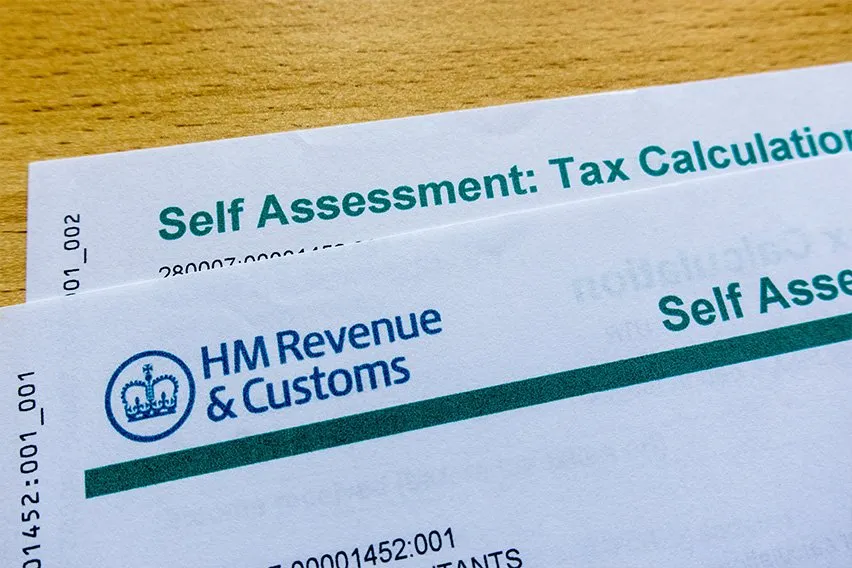 How Does VAT Work: An Overview
How Does VAT Work: An Overview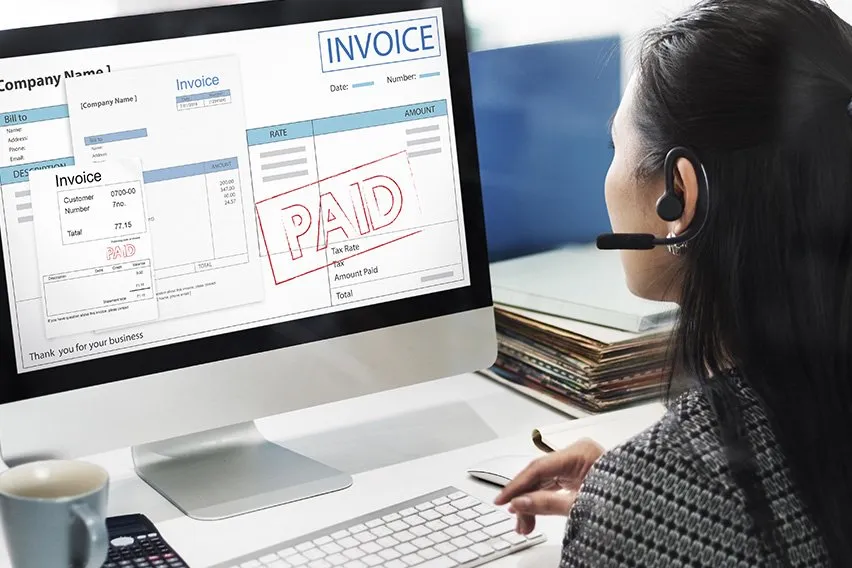 Do You Know How to Pay Your UK Gov, VAT Bill Online? Learn How to Pay VAT Online in Our Quick Guide.
Do You Know How to Pay Your UK Gov, VAT Bill Online? Learn How to Pay VAT Online in Our Quick Guide.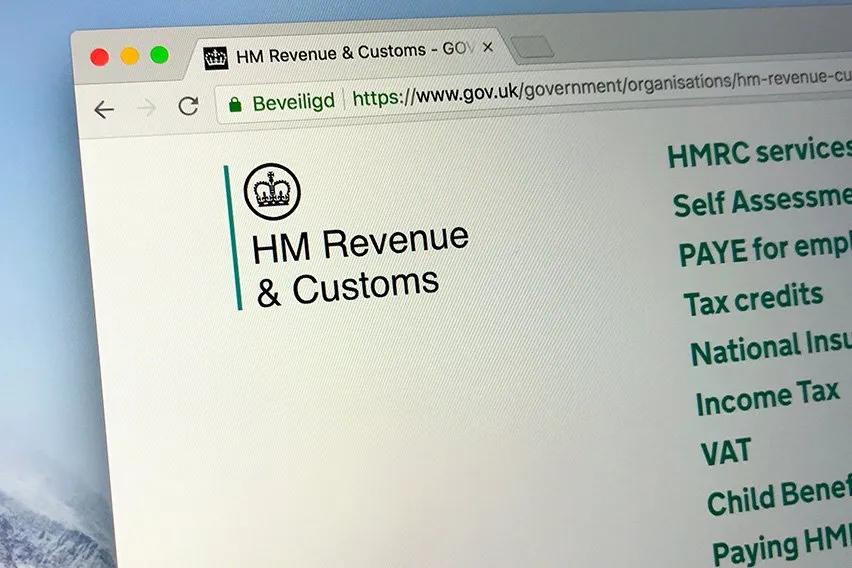 Can You Live Chat With HMRC?
Can You Live Chat With HMRC?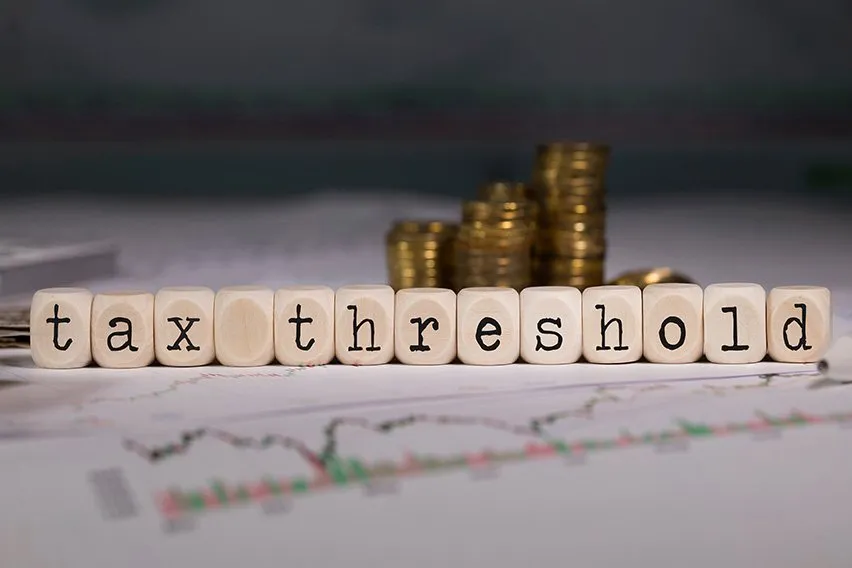 Income Tax Threshold, Rates, and Allowances for 2024-25
Income Tax Threshold, Rates, and Allowances for 2024-25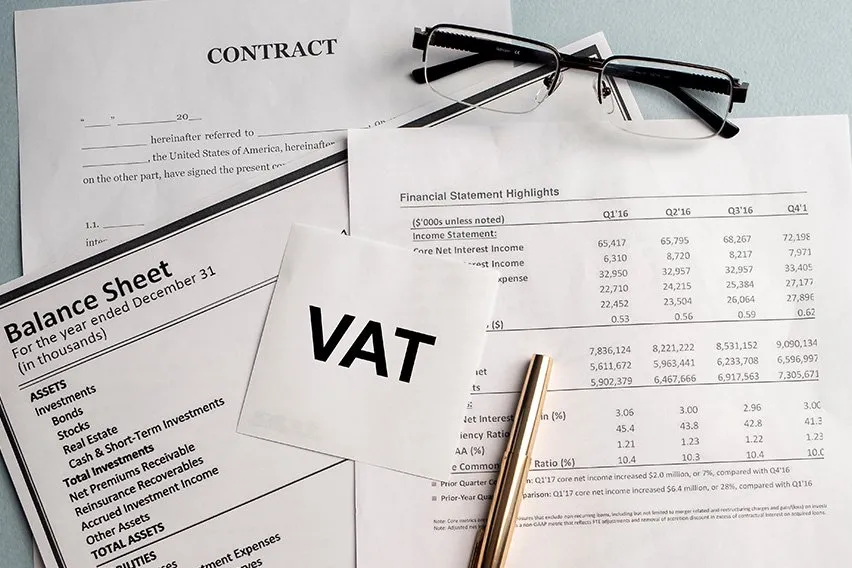 VAT on Services Outside UK: Learn the VAT Rules for Services That Take Place Outside the UK.
VAT on Services Outside UK: Learn the VAT Rules for Services That Take Place Outside the UK.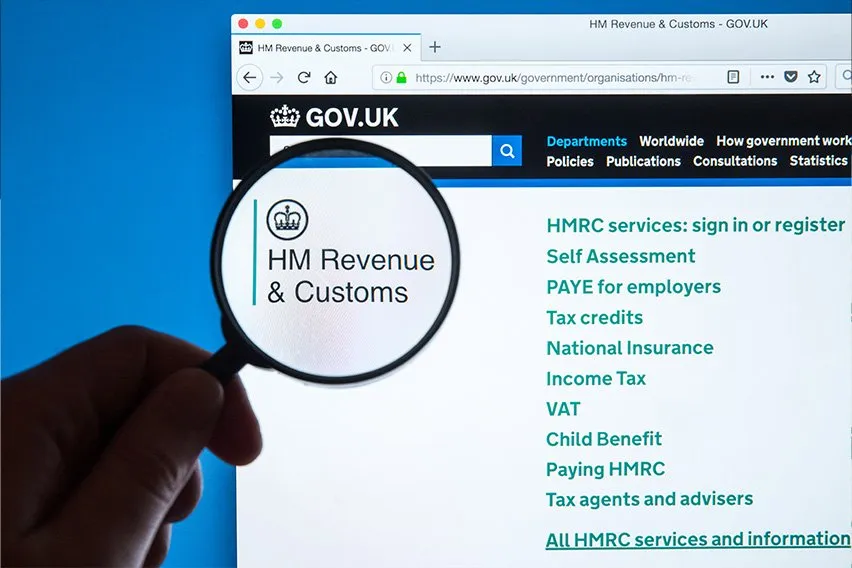 HMRC Tax Refund: Does HMRC Automatically Refund Overpaid Tax?
HMRC Tax Refund: Does HMRC Automatically Refund Overpaid Tax?